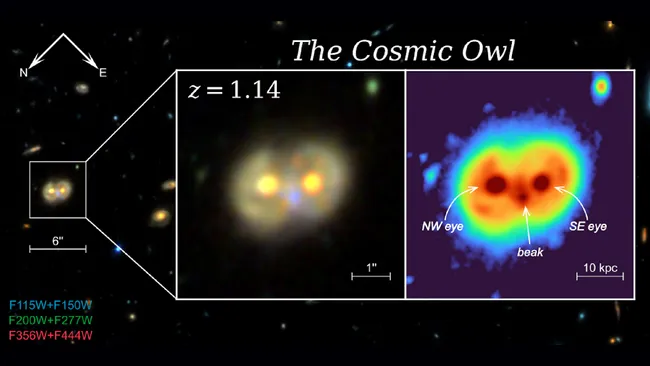The James Webb Space Telescope (JWST) has found one of the strangest things in the vast cosmic menagerie: a celestial owl staring back at us from 11 billion light-years away. This strange structure is not just any old galactic formation; it is known as the “Cosmic Owl.” It’s the result of two very rare ring galaxies crashing into each other, which makes for a cosmic show that gives scientists a never-before-seen look at how galaxies evolve, how black holes work, and how stars formed in the early universe. The preprint study that describes the discovery shows that there is a system so rare that it makes us rethink how galaxies interact and how quickly they can make new stars in extreme conditions.
A Galactic Face-Off: The Birth of the Cosmic Owl
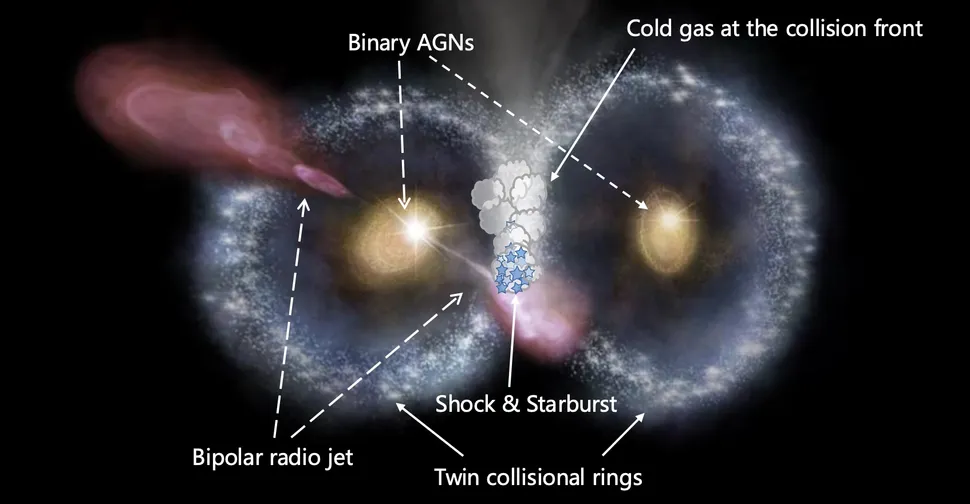
The Cosmic Owl’s creepy face is the result of two ring galaxies crashing into each other at a high speed. Each galaxy is only 26,000 light-years across, which is a quarter the size of the Milky Way. Ring galaxies are strange things in space; they make up only 0.01% of all known galaxies. When a smaller galaxy punches through the disk of a larger one, it sends shockwaves that shape gas and stars into a perfect ring. But seeing two ring galaxies merge? That’s like seeing two tornadoes spin in perfect time with each other.
JWST’s super-sharp infrared vision showed the Owl’s “eyes,” which were the cores of galaxies. Each one had a supermassive black hole that was over 10 million times the mass of the Sun and was constantly eating up nearby matter. The “beak,” on the other hand, is a chaotic front line where the gas clouds of the galaxies smash into each other, starting a fireworks show of star birth.
A Stellar Nursery Forged by Violence
The Owl’s “beak” isn’t just a place where things crash into each other; it’s also a place where stars are made. The Atacama Large Millimeter/submillimeter Array (ALMA) shows that shockwaves from the impact are crushing a dense clump of molecular gas, which is the building block of stars. But there’s a catch: The Very Large Array (VLA) saw a jet of charged particles coming out of one of the black holes and hitting the gas cloud like a cosmic hammer. The collisional shock and black hole jet have caused a “massive burst of star formation,” making the beak into a very busy place for new stars to form.
This process could explain how galaxies made stars so quickly in the past. Mingyu Li, the study’s lead author, says, “It’s a way to efficiently turn gas into stars that hasn’t been given enough credit before.” The discovery could change how scientists think about the rapid growth of stars in the early universe.
A Time Capsule from 11 Billion Years Ago
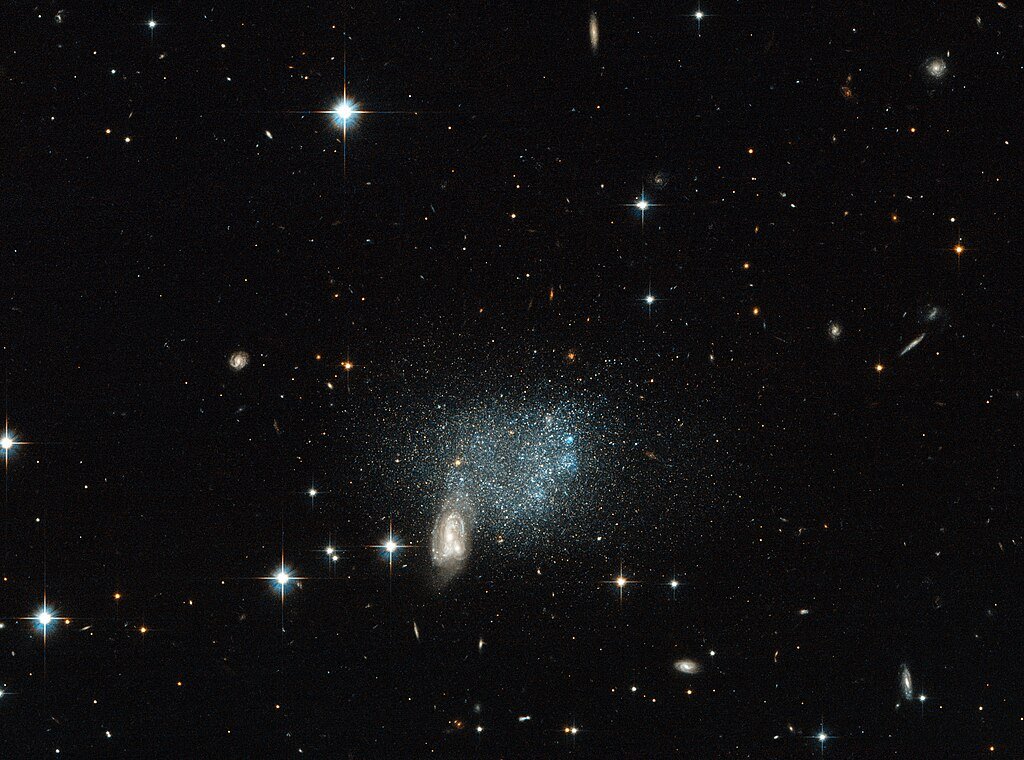
The Owl’s light has traveled 11 billion years to get to us, so we are seeing it as it was when the universe was only 2.7 billion years old. Redshift measurements (z=1.14) put it in a time when galaxies were smaller, had a lot of gas, and were likely to merge violently. But the Owl’s almost perfect symmetry suggests a head-on collision that was so precise that simulations have a hard time copying it.
Astronomers think the collision started 38 million years ago, which is a blink of an eye in cosmic time, and will go on for hundreds of millions more. “We’re catching this system at just the right time,” Li says. The Owl’s long life as a visible structure makes it a one-of-a-kind lab for studying galactic mergers as they happen.
Black Hole Duet: Dual AGNs in a Cosmic Dance
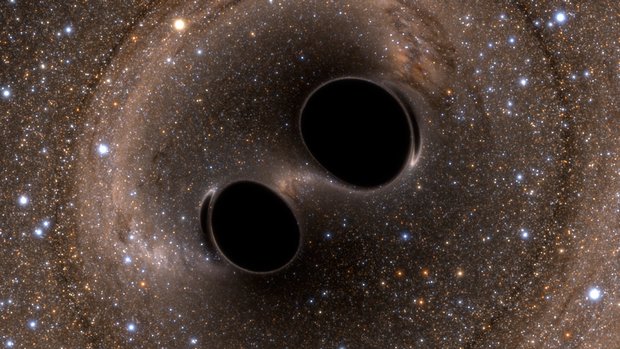
Both of the Owl’s “eyes” are active galactic nuclei (AGNs) black holes that are so full of gas that they shine brightly in all parts of the electromagnetic spectrum. JWST’s grism spectroscopy confirmed this dual AGN setup, which is a rare find in and of itself. What’s even more interesting is that the black holes’ feeding frenzies aren’t happening at the same time. One is sending out a jet, while the other is doing something less active. This unevenness could show how black holes change when they merge.
The jet’s effect on star formation adds to the story. Li says, “It’s like a black hole blowing a bubble into a gas cloud and squeezing it until stars pop out.” These kinds of feedback loops are important for figuring out how galaxies control their own growth.
Why the Cosmic Owl Challenges Galactic Theory
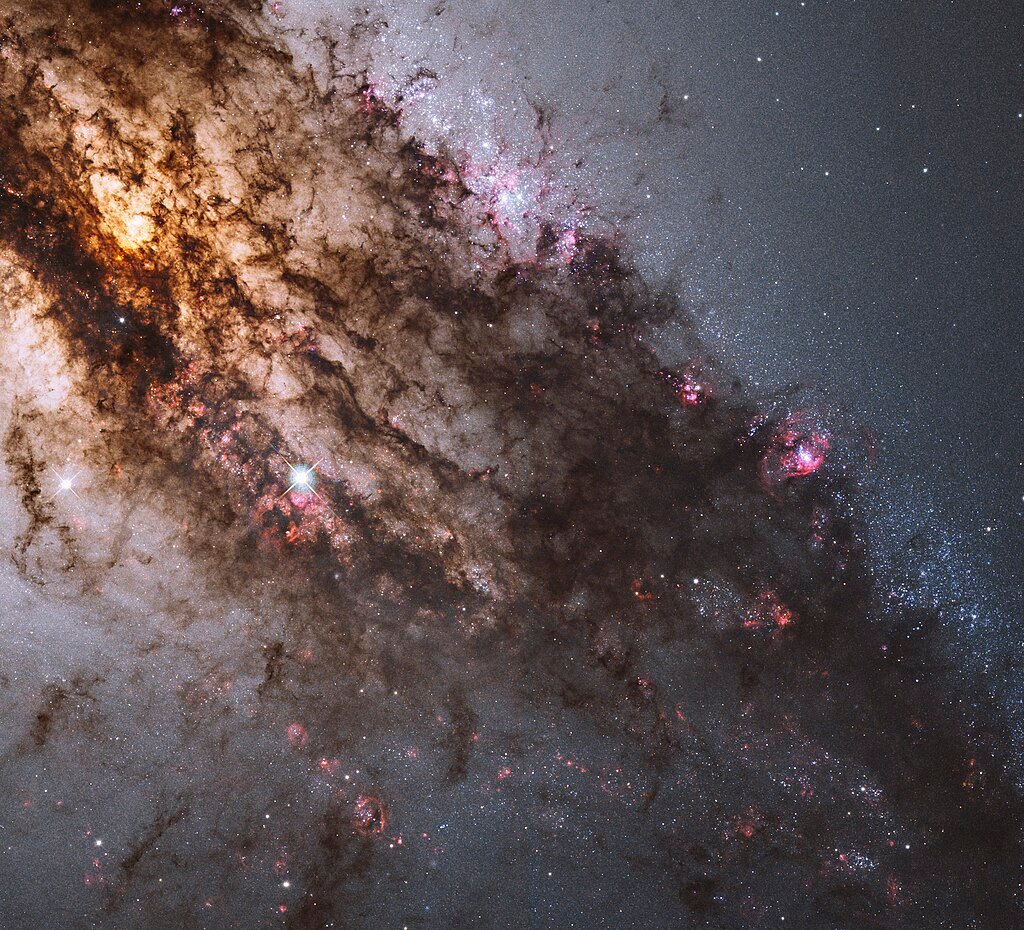
The Owl has two defying expectations stems and multiple black holes:
- Twin-ring rarity: Behold an unmatched balance that stands out colliding ring galaxies symmetry is incredibly scarce.
- Star formation efficiency: Like starburst activity, galactic models tend to underestimate the extent to which young galaxies can surpass expectations.
- Black hole dominance: Glimpses into galaxies show us two black holes. Black holes this powerful when possessed by galaxies this diminutive is quite the extraordinary phenomenon.
Such phenomena outline the owl as a case study that churns curiosity, They suggest that black holes far outgrowing what they should be is possibly due to obese black holes that stem from the Big Bang.
What’s Next for the Cosmic Owl?
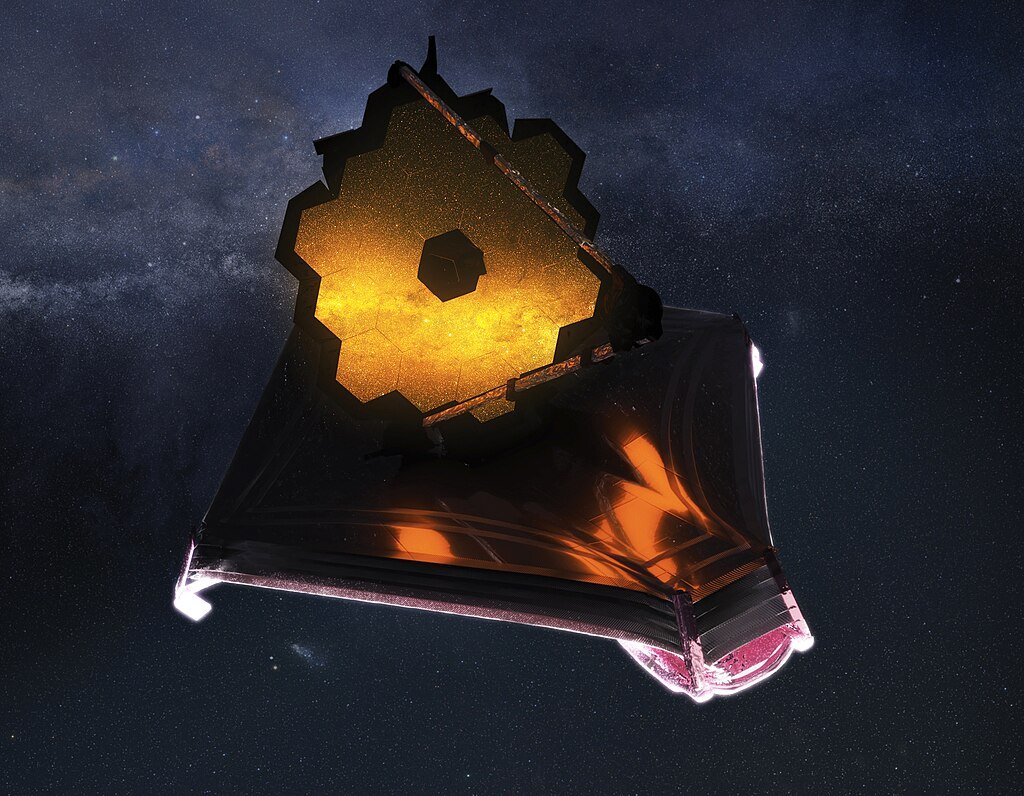
The project members intend to conduct further advanced simulations geared towards reconstructing the collision by testing the impact angle and gas distribution. Further observations from JWST could pursue the search for other systems of similar nature, thus testing the hypothesis whether the Owl is an exceptional event or if it is indicative of more complex underlying processes.
As of now, the Owl contributes to the growing gallery of JWST’s cosmic curiosities, which include question mark shaped galaxies, cat-tail gas wisps, and now the avian-faced merger that serves as a reminder of the universe’s striking strangeness and creativity.
Final Thought
Apart from its aesthetic qualities, The Cosmic Owl is a sophisticated time machine, a physics laboratory, and an advanced riddle of the universe all at once. With each layer JWST unveils, additional celestial hieroglyphs may await revelation. As it remains, one fact is unambiguous: The universe adores surprises.
Sources:

Suhail Ahmed is a passionate digital professional and nature enthusiast with over 8 years of experience in content strategy, SEO, web development, and digital operations. Alongside his freelance journey, Suhail actively contributes to nature and wildlife platforms like Discover Wildlife, where he channels his curiosity for the planet into engaging, educational storytelling.
With a strong background in managing digital ecosystems — from ecommerce stores and WordPress websites to social media and automation — Suhail merges technical precision with creative insight. His content reflects a rare balance: SEO-friendly yet deeply human, data-informed yet emotionally resonant.
Driven by a love for discovery and storytelling, Suhail believes in using digital platforms to amplify causes that matter — especially those protecting Earth’s biodiversity and inspiring sustainable living. Whether he’s managing online projects or crafting wildlife content, his goal remains the same: to inform, inspire, and leave a positive digital footprint.

